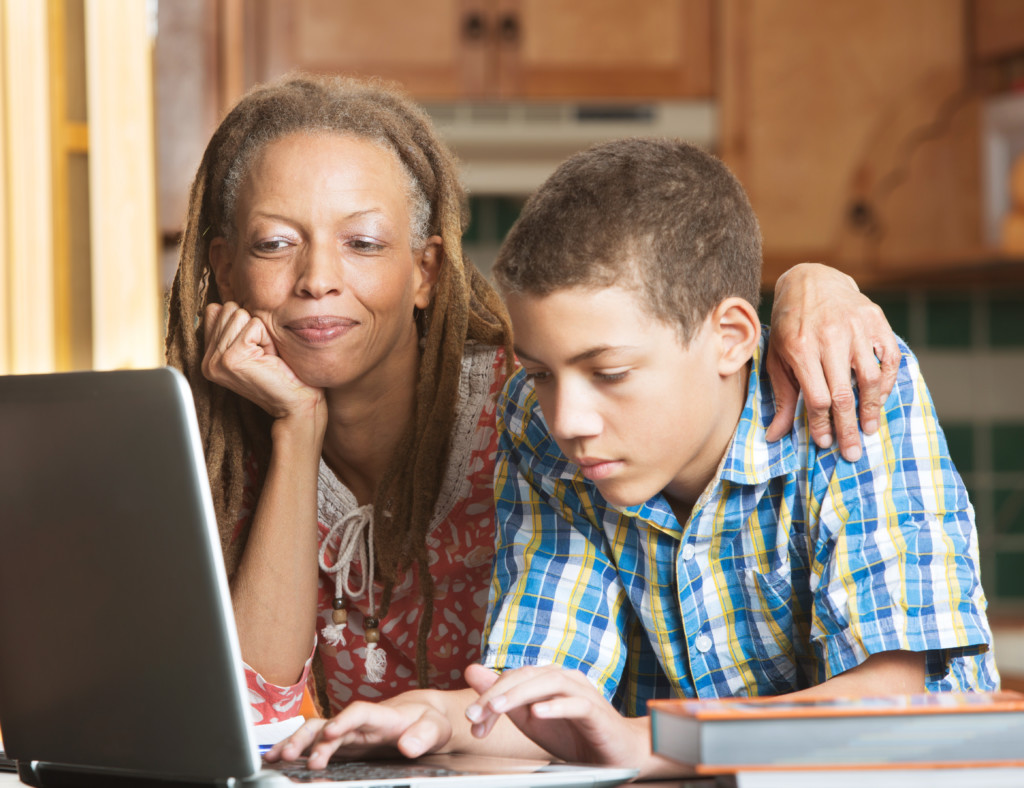 Homeschooling’s moment has arrived.
Homeschooling’s moment has arrived.
Surveys and media reports demonstrate a surge of interest in learning at home. Now is a critical time to consider how this once-marginalized option may hold answers to recurring questions about the roles played by generational poverty, access to human capital, and parent choice in education – and when it does not.
This spring, the pandemic left parents with only one option: to educate their children at home. COVID-19 gave 97 percent of K-12 students formerly in school buildings a unique opportunity to see what the other 3 percent were experiencing.
As if that wasn’t enough to get people’s attention, Harvard’s law school made the inexplicable decision to promote a conference that claimed “problems of educational deprivation and child maltreatment…too often occur under the guise of homeschooling.” The pandemic was a bad time to do many things that were otherwise unremarkable, such as getting on an airplane or buying toilet paper – or hosting a conference about why homeschooling is harmful for children. After criticism of the law school’s scheduled event poured in from traditional and social media, Harvard postponed the conference.
The ubiquity of students learning at home, paired with the collapse of an anti-homeschool conference at a high-profile institution, surely quickened the pulse of existing homeschoolers. A USA Today/Ipsos poll finding that nearly 60 percent of respondents are considering homeschooling in the fall was yet another signal of a seismic shift in the education landscape, even if uncertainty over the arrival of a COVID vaccine and school re-openings inspired some of the respondents.
If just a fraction of these families choose to homeschool, the number of homeschooling families would skyrocket. My Heritage Foundation colleague Dr. Lindsey Burke says that if the 60 percent figure dropped to just 6 percent, it would still double the number of children homeschooled in the U.S.
Amid all this excitement, take time to pause: Smaller adjustments may be more likely to last.
Years before the pandemic, NPR reported that more African-American families were choosing to homeschool, a previously under-represented demographic among homeschoolers. If we look closely, researchers said that the new entrants were more likely to be intact, married parents with significant motivations, such as safety-related issues in their child’s assigned school. These families had the same opportunity as many others, but more importantly, they had compelling reasons.
If these descriptions are accurate, where does that leave children in single-parent families, perhaps also living in poverty, and attending failing schools? Reports from areas such as these indicated that many students were not logging on to virtual instruction or accessing any learning content. A student’s motivation to learn at home is harder to measure than a parent’s desire to homeschool when a physical school may not re-open in the fall. Remember, the ability to homeschool exists in families regardless of income or social strata, but those with pressing incentives, such as safety, are more likely to persist.
For some, then, homeschooling will not be the answer now. As with any other learning option, parents should be able to choose the best situation for their child. When traditional homeschooling or assigned schools do not fit, parents need other choices regarding how and where their children learn – choices created by state and local policies – such as open enrollment in traditional schools in another district, charter schools, private school scholarships, and education savings accounts.
These options have been relegated to the sidelines for years as education interest group opposition has forced limited eligibility in the laws. New limits on charter schools in Los Angeles and Chicago, along with narrow eligibility in most private school choice options nationwide, demonstrate that union interests have convinced policymakers to allow parent choice in education to separate families into haves and have nots: Those that have opportunity and those that do not.
No parent or student should feel trapped because assigned schools are closed or because no other options are available. The spotlight on homeschooling suggests more families see potential here for their student. But to prevent scenarios in which parents and students are divided by the options available to them, those from the public and private sectors will need to create quality solutions for the rest.



[…] “Surveys and media reports demonstrate a surge of interest in learning at home. Now is a critical time to consider how this once-marginalized option may hold answers to recurring questions about the roles played by generational poverty, access to human capital, and parent choice in education – and when it does not.” https://nextstepsblog.org/2020/06/homeschoolings-moment/ […]
We only plan to change schools after we move, but I still hope that everything will be back to normal by the new school year. After all, in addition to getting an education, it is the socialization of children, and they need to learn to be in the company, get acquainted and communicate. You don’t get anywhere near this kind of communication and emotion online.